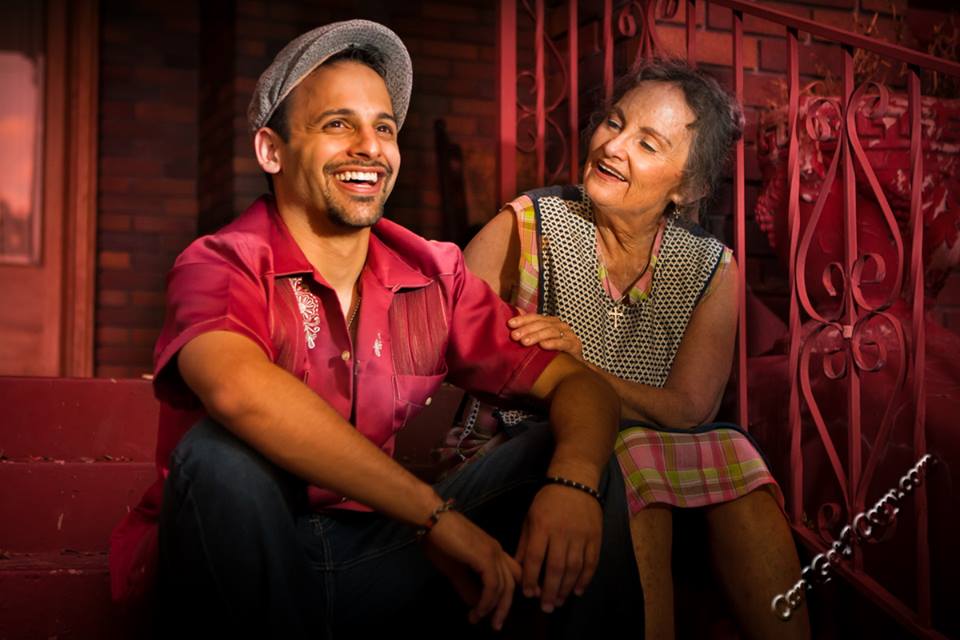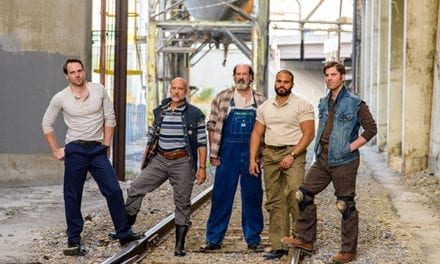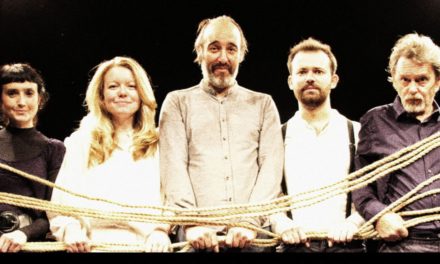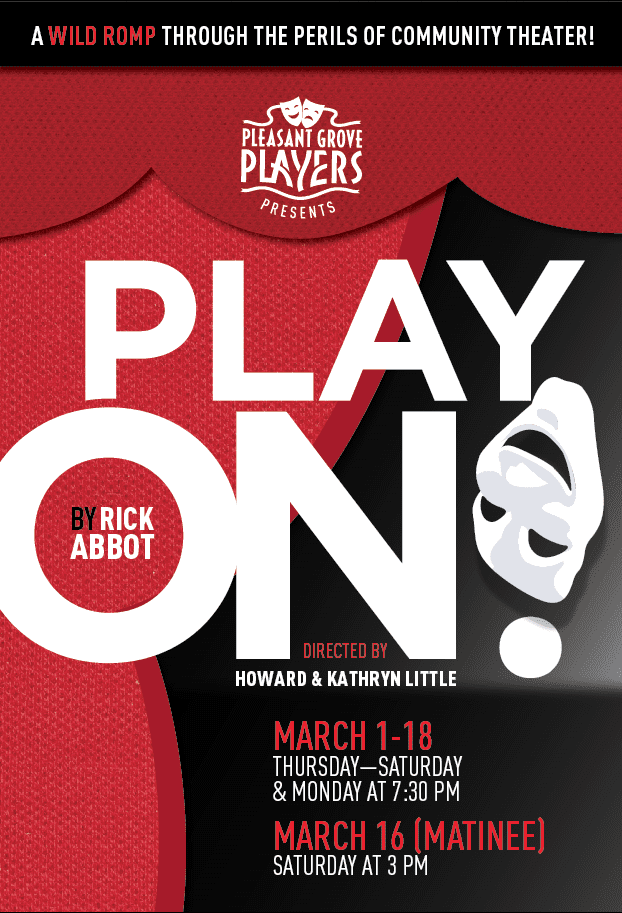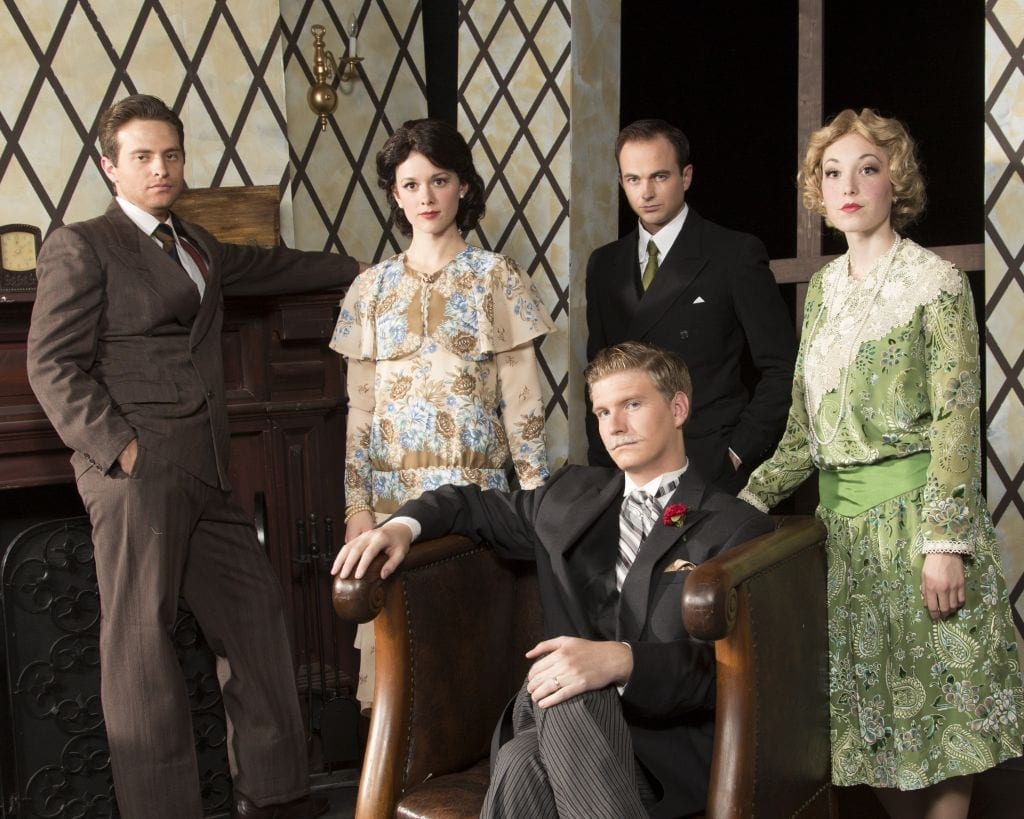OREM — In the Heights debuted on Broadway in March of 2008. The musical was written by Lin-Manuel Miranda, based loosely on his experiences growing up in the Washington Heights area of upper Manhattan as a child of Puerto Rican parents. Started by Miranda in his junior year of college in 1999, he spent almost a decade getting it ready for the Broadway stage. Miranda also starred as the lead character, Usnavi, in the original broadway production. The story has been described by some to be a stage version of a telenovela, with a mix of music, gossip, and relationships. Intertwined among all of that is a story of hard work, pride in one’s heritage, and the strength and sense of community. It is a beautiful, moving story.
I was impressed with the set design by Bobby Swenson. Having seen this show produced in several professional arenas, I was concerned about how the company would choose to scale down the set. Swenson utilized Hale’s unique space to transfer the audience to upper Manhattan by paying a great deal of attention to detail. I spent a great deal of time noticing the props and simple additions to the set that brought to life the show in a clear way.
As the show began, Usnavi, played by Ben Wille, comes out as the narrator and explains to the audience the dynamics of the neighborhood. Ben Wille does an excellent job of bringing Usnavi to life. As each of the chorus members entered for the initial number, “In the Heights,” I noticed that the chorus members were perhaps a little too happy, not rough enough around the edges, like I had previously seen. Throughout the evening, I felt the chorus improved, and by “96,000,” they were superb and realistic. The choreography in “96,000,” “The Club,” and “Carnaval Del Barrio” were exciting, full of energy, and quite precise. Choreographer Jennifer Hill-Barlow deserves praise for her attention to the details of the choreography and her ability to maintain the cultural flair necessary, as the dance and music in this show are a strong part of the story.

Ben Wille as Usnavi and Jayne Luke as Abuela Claudia. Photo by Pete Widtfeldt ©2013 CanIGetACopy.com.
One of the major storylines is that of Nina (played by Xandra Wille), a daughter of working class immigrants who had worked hard for her to attend Stanford. Nina is considered the most successful child of the community, and everyone looks up to her. However, Nina has struggled at school and therefore afraid to open up to her friends and family. When Xandra Wille first stepped on the scene, I confess that I was mesmerized by her performance. Her voice is strong, her acting skills fine tuned, and from her first song, “Breathe,” I was hooked into Nina’s story more than I had been with previous productions. Equally impressive was the performance of her love interest, Benny, played by Keith McKay Evans. Benny is an outsider, the only non-Hispanic trying to fit into the community. Evans did a phenomenal job of portraying Benny, and the chemistry between him and Xandra Wille was outstanding. One of my favorite numbers from the show, “When You’re Home,” was so well executed that I wished I had a rewind button to watch it again.
Usnavi also has a love interest, the beautiful and ambitious Vanessa (played by Rebecca Burroughs), who works in the neighborhood salon, but has dreams of bigger plans. Burroughs has a clear, crisp voice that carries well in the theater space, and her song “It Won’t Be Long Now” was enjoyable. However, I must commend the two women who complement Vanessa in the salon, salon owner Daniella (played by Bonnie Wilson Whitlock) and Carla (played by Megan Masako Haley). Both had great comedic timing and added enjoyable elements to the show. Whitlock stole the show in “No Me Diga,” and reminded me of every person who had ever done my hair in a salon when I lived in Brooklyn. Finally, I must mention the performance of Jayne Luke as Abuela Claudia. The role of Abuela is not only the glue of the community, but also the glue of the storyline. Luke made me emotional about the role, especially during the song “Paciencia y Fe.”
It is excellent to see a show like In the Heights being produced in locale theaters such as Hale. This is a production that at first may not seem like it has a home in Utah County, but as director Christopher Clark eloquently put in his directors note in the program, “there is absolutely no difference in the way these people love each other, respect their community, and pursue their dreams.” One of the many wonderful things live theater can do is help audience members understand the common bonds among humanity. I commend Clark for helping his audience and cast understand and embrace this and bring a little bit of New York City to Utah County.
Finally, I was pleased to see families sitting together in the audience. In the Heights is a show that does offer something for almost everyone. The music is more modern than what some Utah County audiences are used to in musical theater, bringing in rap, salsa, and other genres. It is a story that spans generations, and I encourage families to attend this show.

